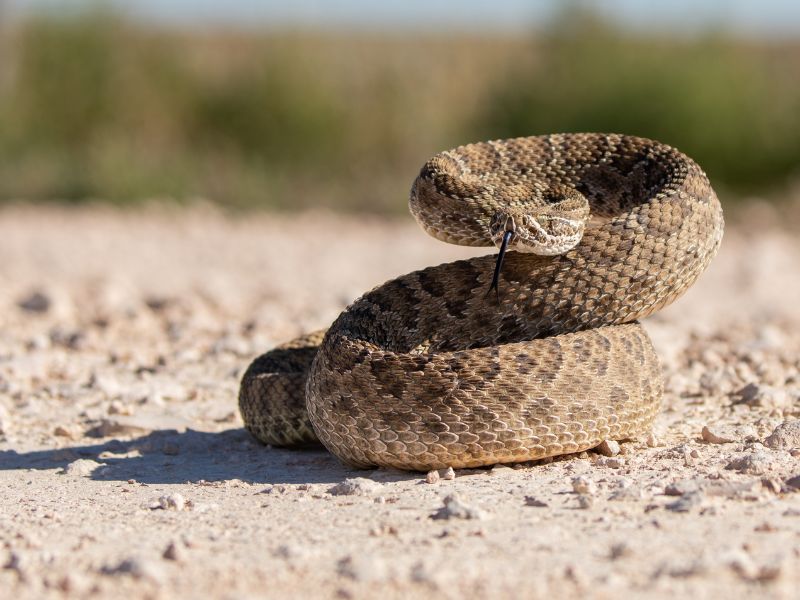
Poisonous Animals in North America: Precautions and Answers
Preventing and Responding to Snake and Spider Bites
North America is home to many venomous animals, some of which can be deadly if not treated promptly. Among these, rattlesnakes and spiders are two of the most dangerous species. The rattlesnake, also known as Crotalus atrox, is one of the continent’s most aggressive species and can cause severe injuries if bitten.
These snakes are common in many U.S. states and Mexico, often found in desert and semi-desert areas. Their bite can cause redness, swelling, and tingling, and can be lethal if not treated quickly.
Spiders, such as the brown recluse spider, are another venomous concern. This spider is prevalent in North America and can inflict painful bites when provoked. Spiders can be found in rural and urban areas and are identifiable by their characteristic spots and coloration. Their bites can cause pain and swelling, and in some cases, can be lethal if not promptly treated.
Precautions and Responses
To prevent snake and spider bites, it’s important to understand their habitats and behaviors.
Rattlesnakes are active both day and night and can be found in desert and semi-desert regions.
Spiders, on the other hand, are primarily nocturnal and can be found in rural and urban areas. It’s important to wear appropriate footwear and clothing when exploring areas where these animals are present.
If you encounter a snake or spider and are bitten, it’s crucial to stay calm and avoid attempting to touch or capture the animal. Instead, remove any jewelry or tight clothing that could restrict blood flow and seek medical help as soon as possible. The CDC recommends consulting a doctor promptly if bitten by a snake or spider to receive appropriate treatment and prevent potential complications.
Sources


